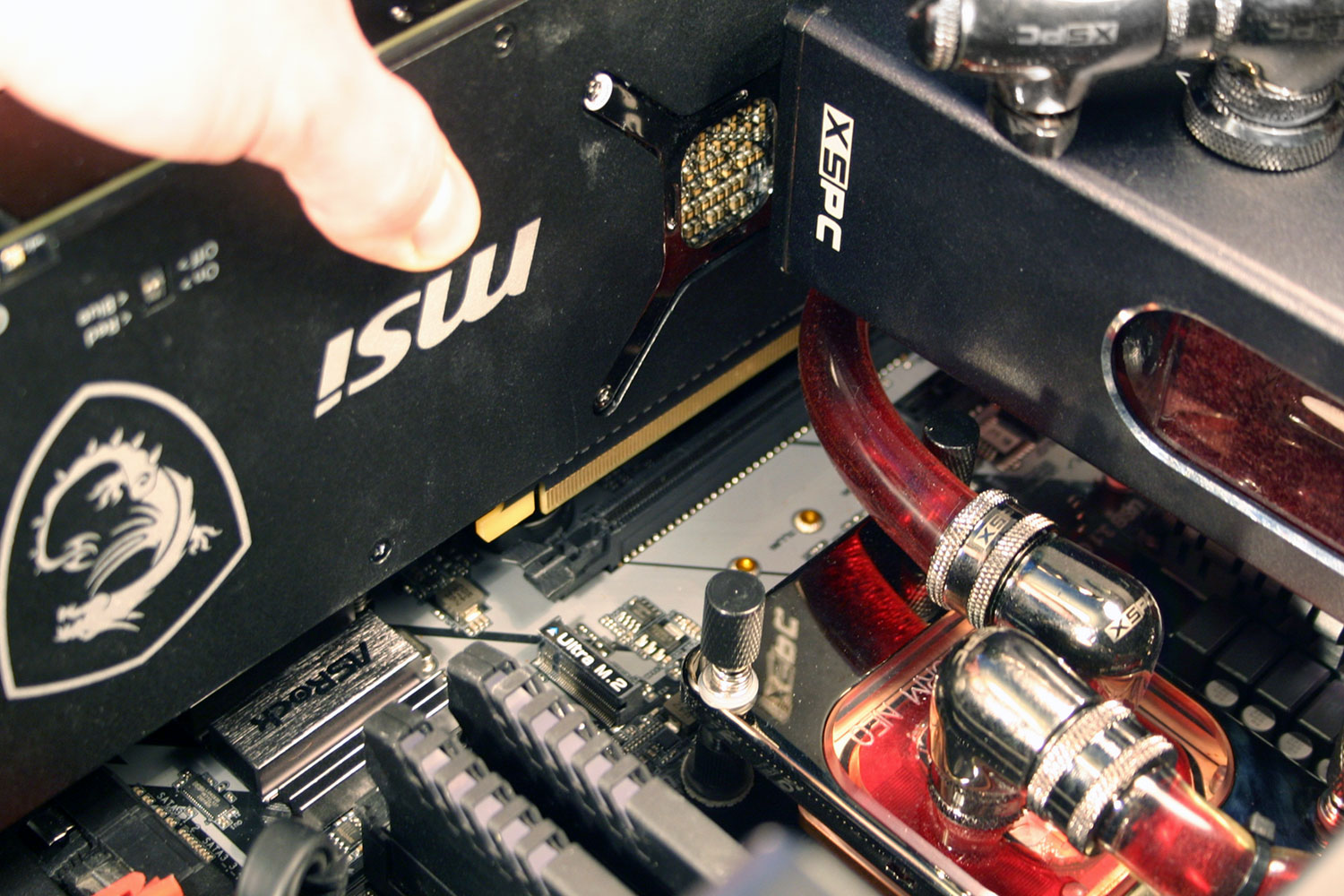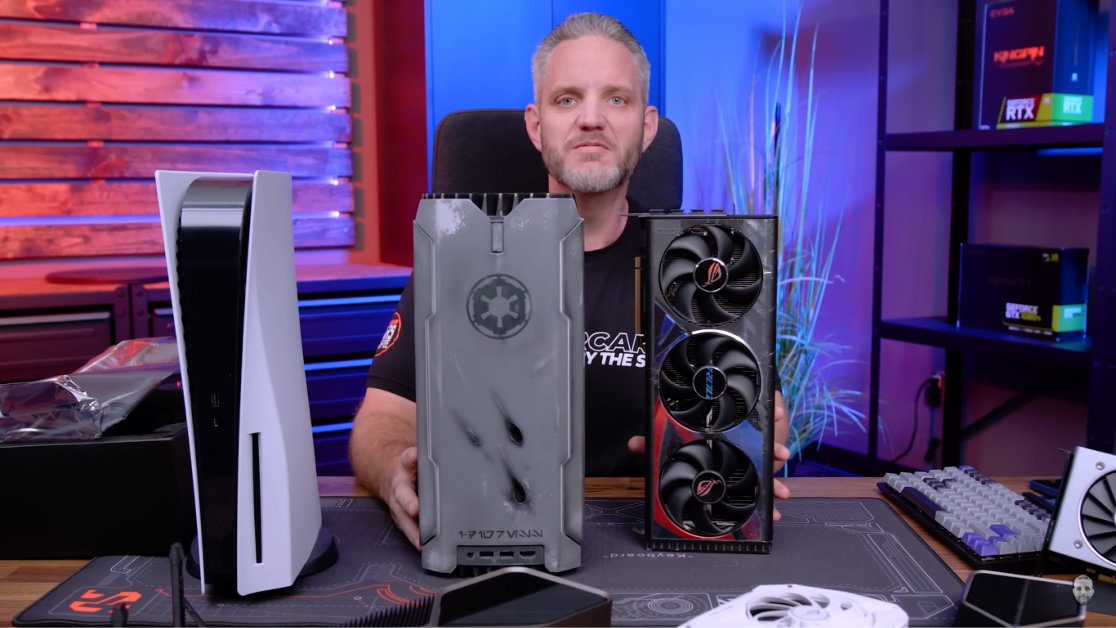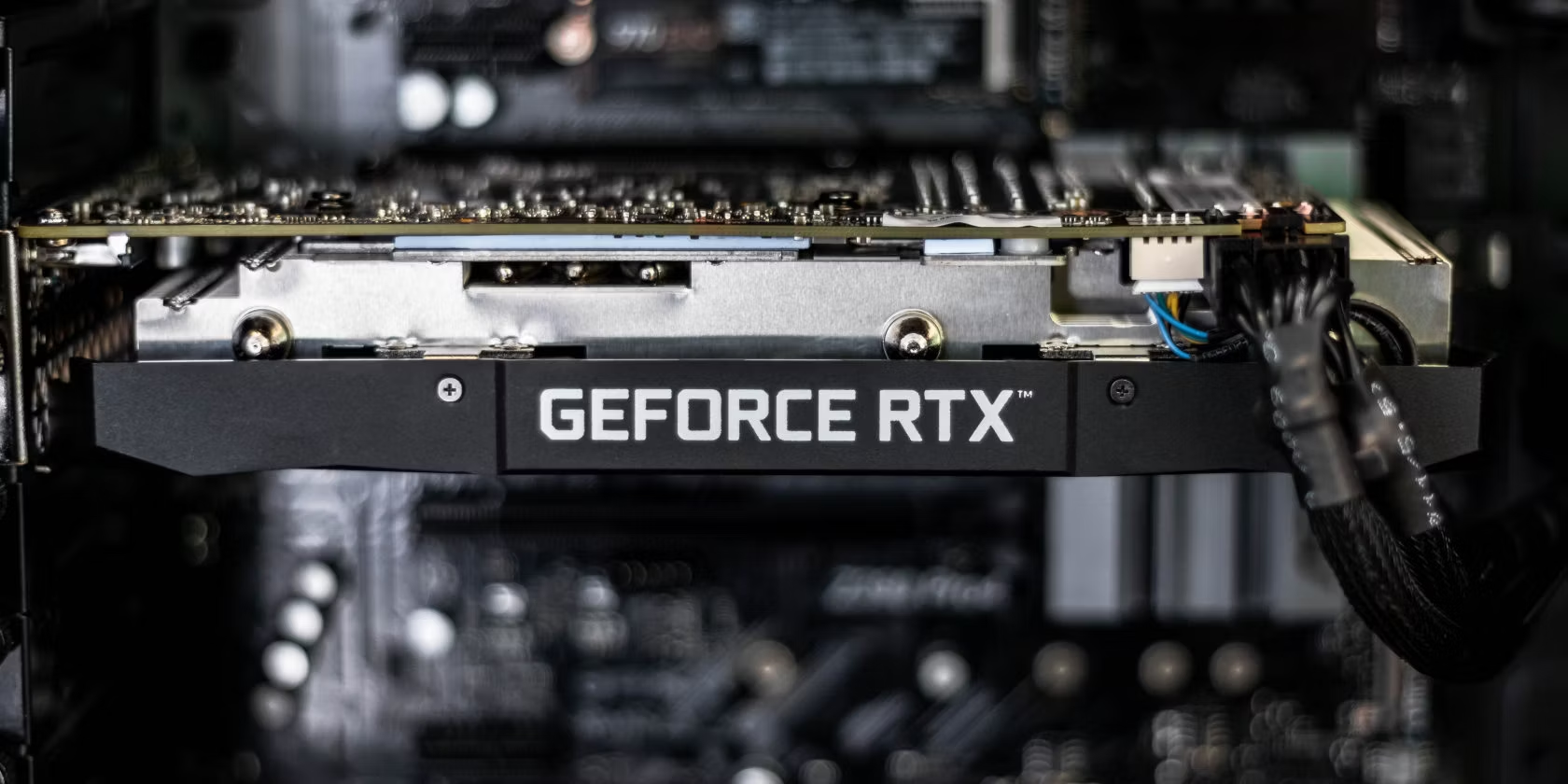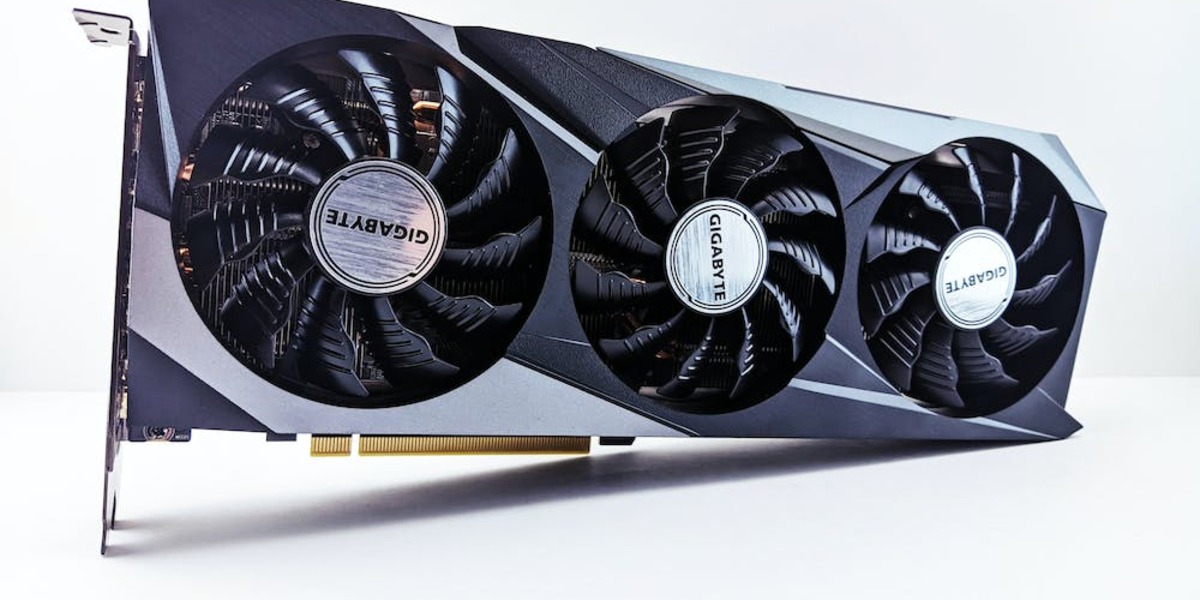Upgrading your desktop computer with a new graphics card can significantly enhance its performance, especially for tasks such as gaming, video editing, and 3D rendering. Properly installing a graphics card is an important skill that can save you time and money. This article will guide you through the process step by step, providing essential tips to ensure a successful installation.
Preparing for Installation
Checking Compatibility and Power Requirements
Before installing a new graphics card, you must check the compatibility with your motherboard and power supply. Ensure that your motherboard has the appropriate slot, typically a PCI Express (PCIe) x16 slot, and that your power supply can handle the power requirements of the new card. You can find this information in your graphics card documentation or by checking online.
Gathering Necessary Tools and Safety Precautions
You will need a Phillips-head screwdriver for most graphics card installations. Additionally, it’s important to work in a static-free environment to avoid damaging sensitive components. Use an anti-static wrist strap or frequently touch a grounded metal object. Ensure your workspace is clean, well-lit, and free of any potential hazards.

Removing the Old Graphics Card
Uninstalling Drivers and Powering off
Start by uninstalling the old graphics card drivers from your system to prevent any driver conflicts. After this, properly shut down your computer and switch off the power supply, unplugging the power cord to ensure there’s no electricity flowing through the system.
Safely Detaching the Old Card
Open your computer case to locate the old graphics card. Unscrew any fasteners and gently release any locking clips at the end of the PCIe slot. Carefully slide the card out of the slot, handling it by the edges to avoid touching the circuitry.

Installing the New Graphics Card
Aligning and Seating the New Card
Hold the new graphics card by its edges and align it with the PCIe x16 slot, making sure the ports are facing the back of the case. Press down evenly and gently until the card clicks into place, and the locking clip snaps onto the card, securing it.
Connecting Power and Securing the Card
Some graphics cards require direct power from the power supply. If your card has one or more power connectors, plug the required PCIe power cables into the card. Once connected, screw the card’s metal bracket to the case to stabilize it. Ensure all connections are snug but not overly tight.

Finalizing Installation and Testing
Closing the Case and Booting Up
With the graphics card securely installed and all necessary power connections made, close up your computer case. Reconnect your monitor, power cord, and any other peripherals. Turn on your PC, and if your system posts (Power-On Self-Test), that’s a good initial sign.
Installing the New Drivers
Once your system boots to the operating system, download and install the latest drivers for your new graphics card from the manufacturer’s website. This will ensure that the card operates at its optimal performance and supports all the latest features and games.

Testing the Graphics Card Performance
After the drivers are installed, test your graphics card to ensure it’s working properly. Run some applications, a game, or a benchmarking tool to see that the card is displaying graphics without issues and is performing as expected. Monitor the temperature and performance stats to ensure everything is within normal ranges.
Maintaining Your Graphics Card
Monitoring Performance and Updating Drivers
Keep your graphics card performing optimally by regularly monitoring its performance and temperatures using software tools. Also, keep your drivers up to date, as manufacturers often release updates that improve performance, add features, and fix bugs.
Cleaning and Dust Management
Dust can accumulate over time and affect performance by causing overheating. Regularly cleaning your computer case, fans, and the graphics card itself can help maintain proper airflow and cooling. Use compressed air and soft brushes to gently remove dust without damaging the components.

Optimizing Graphics Settings
Adjusting Settings for Maximum Performance
Once you have the graphics card installed and the drivers updated, it’s time to optimize the settings. Graphics cards come with control panels that allow you to adjust the 3D settings for better performance or quality. Experiment with these settings to find the right balance for your needs, whether you are after smoother gameplay or crisper graphics.
Using Manufacturer Software for Fine-Tuning
Most graphics card manufacturers provide specialized software to tweak the performance of your card. Tools like NVIDIA’s GeForce Experience or AMD’s Radeon Software can automatically adjust game settings and offer overclocking options to enhance performance. Always proceed with caution when overclocking, as it can increase temperatures and potentially reduce the lifespan of the card if not done correctly.
Troubleshooting Common Issues
Addressing Installation Problems
If you experience issues after installing your graphics card, don’t panic. Check all connections and ensure the card is properly seated in the slot. If the computer doesn’t recognize the card, reseat the card and check power connections. If you encounter driver issues, try reinstalling them or reverting to a previous version.
Solving Performance Glitches
In case of performance issues, verify that your power supply is adequate and that your system isn’t overheating. Make sure your graphics settings aren’t too demanding for the card, and look for any updates that might resolve known glitches. Keeping the software environment in sync with your hardware capabilities is crucial for a smoothly running system.
Ensuring Long-Term Reliability
Regular Maintenance and Software Updates
The key to long-term reliability of your graphics card, and your system as a whole, is regular maintenance and updates. Clean your computer’s internals to prevent dust buildup, ensure adequate cooling, and subscribe to automatic software updates to stay current on the latest improvements and security patches.
Being Aware of Environmental Factors
Consider the environmental factors where your computer operates. High temperatures or humidity levels can affect the hardware’s performance and durability. Maintain a cool, dry environment and consider additional cooling solutions if necessary to keep everything running optimally.
Installing a graphics card can be an easy and rewarding process with the right tools and knowledge. By following the instructions provided and adhering to safety protocols, even novices can upgrade their machines with confidence. With your new graphics card installed, your desktop computer will now deliver the enhanced graphics performance you desire, ready to tackle demanding software and games.
